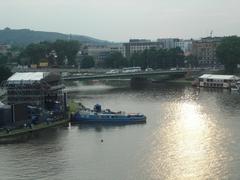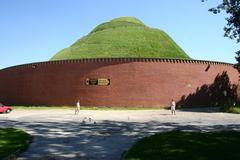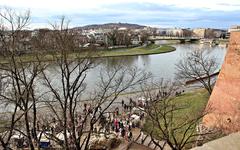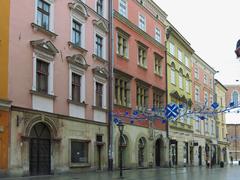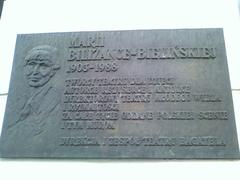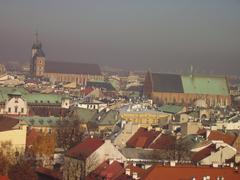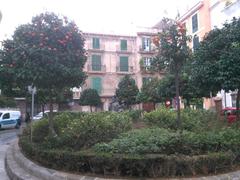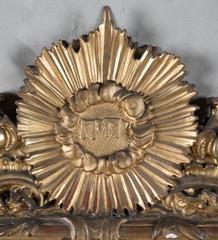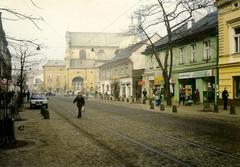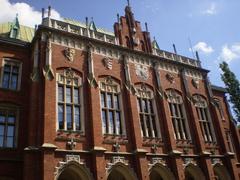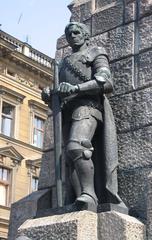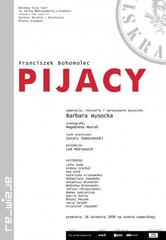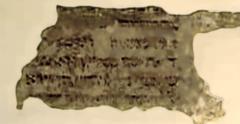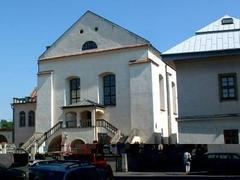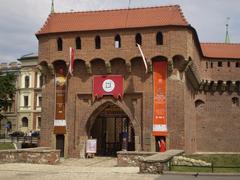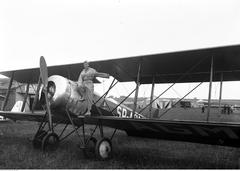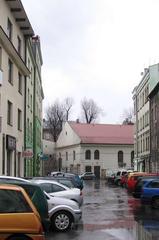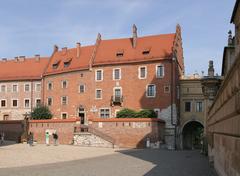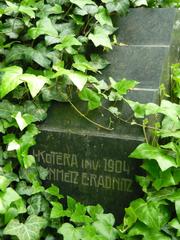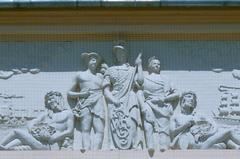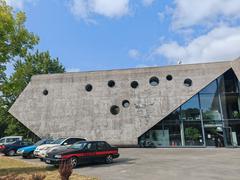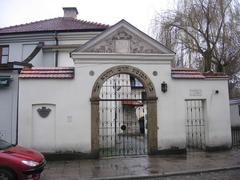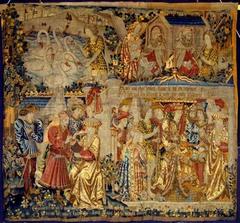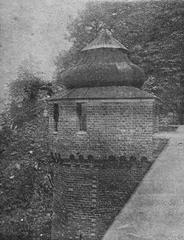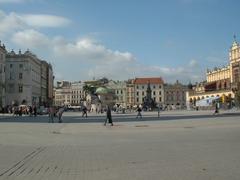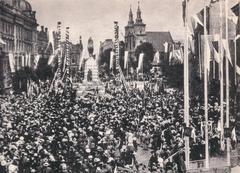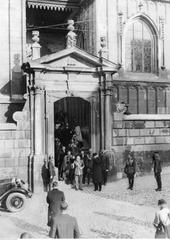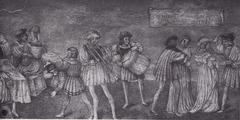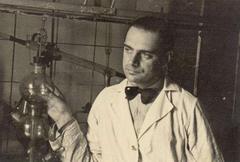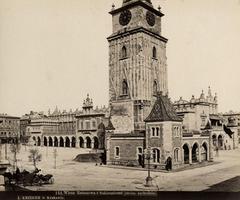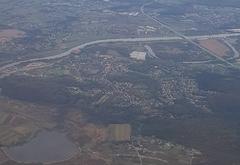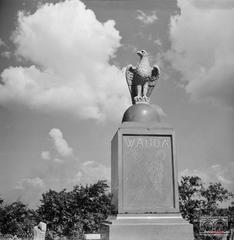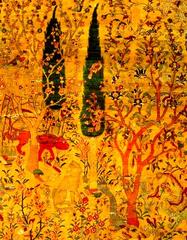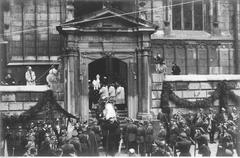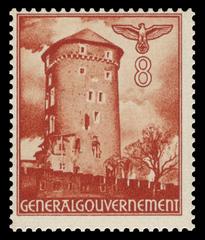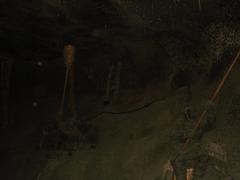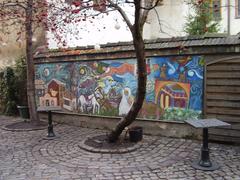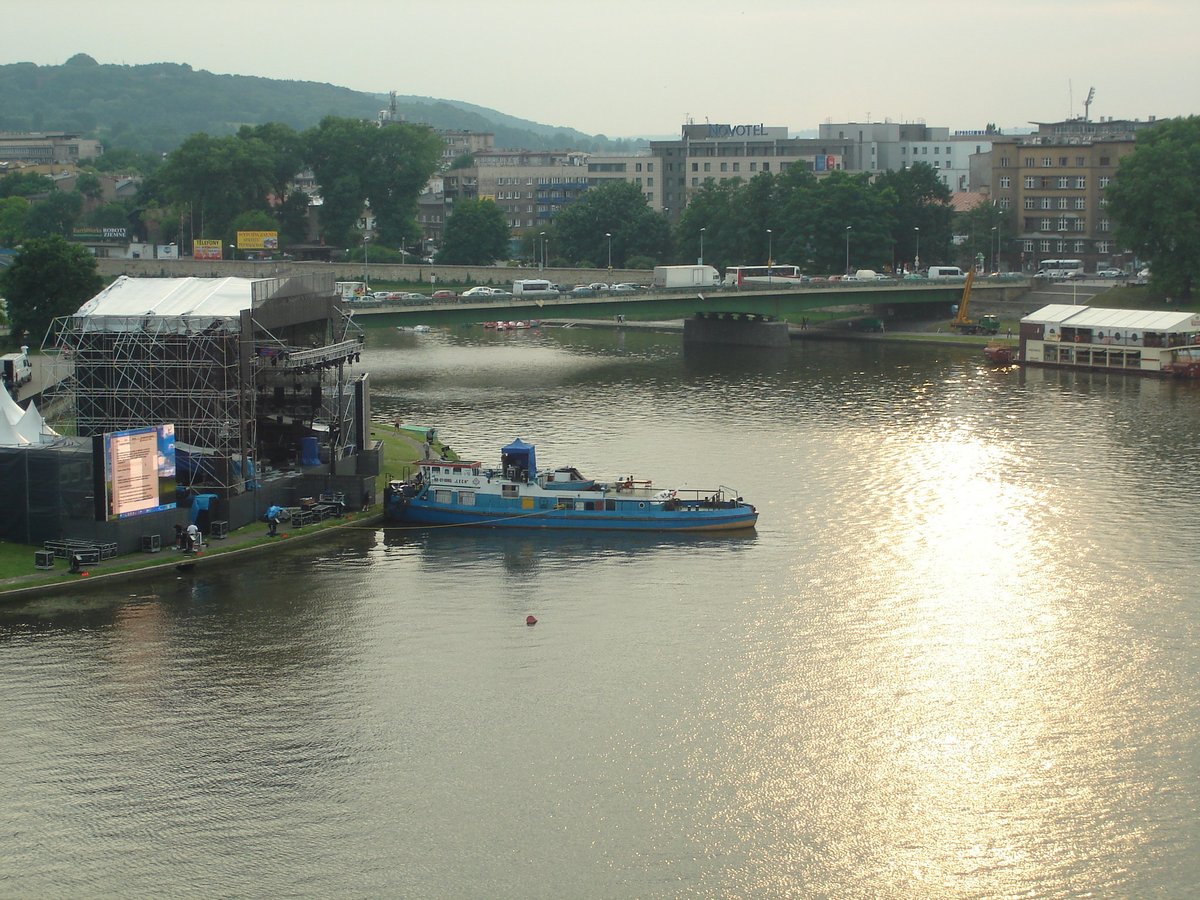
Comprehensive Guide to Visiting Kościuszko Mound, Kraków, Poland
Date: 17/07/2024
Introduction
Kościuszko Mound, located in Kraków, Poland, is a testament to the enduring spirit of Tadeusz Kościuszko, a national hero celebrated for his contributions to Polish and American independence. Constructed between 1820 and 1823, this historical monument stands 34 meters high and offers panoramic views of Kraków and its surroundings. The mound is not only a significant tourist attraction but also serves as a symbol of Poland’s rich cultural and historical heritage. Visitors can explore the Kościuszko Museum, which houses artifacts and exhibits related to Kościuszko’s life and achievements, and enjoy the serene walking trails and gardens that surround the site. Moreover, the mound’s historical significance is underscored by its incorporation into a military fortification system during the Austro-Hungarian rule and its resilience through various restoration efforts post-World War II (Kościuszko Mound website). Whether you are a history enthusiast, a culture lover, or simply looking for a scenic spot, Kościuszko Mound offers a comprehensive and enriching experience that connects visitors to Poland’s past and present.
Table of Contents
- Introduction
- Visitor Information
- History of Kościuszko Mound
- Modern-Day Relevance and Visitor Experience
- Cultural and Educational Impact
- Conclusion
- FAQ
Visitor Information
Visiting Hours
Kościuszko Mound is open to visitors year-round. The visiting hours are as follows:
- April to September: 9:00 AM to 7:00 PM
- October to March: 10:00 AM to 4:00 PM
Tickets
Ticket prices for Kościuszko Mound are:
- Adults: 14 PLN
- Students and Seniors: 10 PLN
- Children under 6: Free
Tickets can be purchased at the entrance or online through the official Kościuszko Mound website.
Travel Tips
- Getting There: Kościuszko Mound is accessible by public transport, taxi, or car. The nearest tram stop is Salwator, and it’s a short walk from there.
- Best Time to Visit: Early morning or late afternoon for the best views and fewer crowds.
- What to Bring: Comfortable walking shoes, a camera, and water.
Nearby Attractions
- Wawel Castle: A historic royal residence.
- Main Market Square: The heart of Kraków with numerous cafes and shops.
- Oskar Schindler’s Enamel Factory: A museum dedicated to World War II history.
Accessibility
Kościuszko Mound is accessible to visitors with disabilities. There are ramps and pathways that accommodate wheelchairs.
History of Kościuszko Mound
Origins and Construction
Kościuszko Mound was constructed between 1820 and 1823, following a public initiative to honor Tadeusz Kościuszko after his death in 1817. The mound was funded by voluntary contributions from Polish citizens, reflecting their admiration for Kościuszko’s contributions to Poland’s fight for independence and his role in the American Revolutionary War. The construction involved the transportation of soil from various battlefields where Kościuszko had fought, creating a lasting tribute to his legacy. The mound stands at 34 meters high and is situated on the natural hill of Sikornik in Kraków. The total height, including the hill, reaches approximately 326 meters above sea level.
Symbolism and National Significance
Kościuszko Mound represents the enduring spirit of resistance and the struggle for national sovereignty. Tadeusz Kościuszko is celebrated for his leadership during the Kościuszko Uprising of 1794, a national insurrection against foreign domination. The mound serves as a physical manifestation of the Polish people’s respect and admiration for Kościuszko’s dedication to their cause.
Historical Events and Preservation
Over the years, Kościuszko Mound has witnessed numerous historical events and has undergone various preservation efforts. During the Austro-Hungarian rule in the late 19th century, the mound was incorporated into a military fortification system known as the Kościuszko Fortress. In the 20th century, the mound faced challenges including natural erosion and damage during World War II. Extensive restoration projects have been carried out to address these issues and ensure its continued significance as a national monument.
Modern-Day Relevance and Visitor Experience
Museum and Exhibits
The museum houses artifacts, documents, and exhibits that highlight Kościuszko’s contributions to both Polish and American history. Interactive displays and multimedia presentations offer an engaging experience for visitors of all ages. Educational programs and events promote awareness of Kościuszko’s legacy.
Walking Paths and Gardens
The area around Kościuszko Mound includes well-maintained walking paths, gardens, and recreational facilities. Guided tours are available to provide in-depth information about the mound’s history and significance.
Cultural and Educational Impact
Kościuszko Mound serves as an important cultural and educational resource. It is a focal point for commemorative events, including annual celebrations of Kościuszko’s birth and the anniversary of the Kościuszko Uprising. These events attract visitors from across Poland and around the world, fostering a sense of national pride and historical awareness.
Educational institutions often organize field trips to Kościuszko Mound, providing students with an opportunity to learn about Polish history and heritage in a tangible way. The site also collaborates with academic researchers and historians to support studies related to Kościuszko and the broader historical context of his time.
FAQ
-
What are the visiting hours for Kościuszko Mound?
- April to September: 9:00 AM to 7:00 PM
- October to March: 10:00 AM to 4:00 PM
-
How much do tickets to Kościuszko Mound cost?
- Adults: 14 PLN
- Students and Seniors: 10 PLN
- Children under 6: Free
-
What are the best times to visit Kościuszko Mound?
- Early morning or late afternoon for the best views and fewer crowds.
Conclusion
Kościuszko Mound stands as a testament to the enduring legacy of Tadeusz Kościuszko and the resilience of the Polish people. Its historical significance, combined with ongoing preservation efforts and educational initiatives, ensures that the mound remains a vital part of Poland’s cultural heritage. Visitors to Kościuszko Mound can appreciate its historical importance and enjoy a meaningful and enriching experience that connects them to Poland’s past and present.
For more information, you can visit the official Kościuszko Mound website. Don’t forget to check out our related posts and follow us on social media for more updates.
References
- Kościuszko Mound - Visiting Hours, Tickets, and Historical Insights in Kraków (2024). Kościuszko Mound website
- Discover the Kościuszko Mound - Visitor Information, Tickets, and Historical Highlights in Kraków (2024). Kościuszko Mound website
- Essential Visitor Tips for Exploring Kościuszko Mound in Kraków - Hours, Tickets, and More (2024). Kościuszko Mound website

